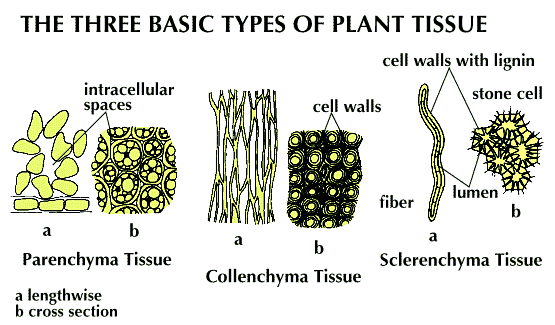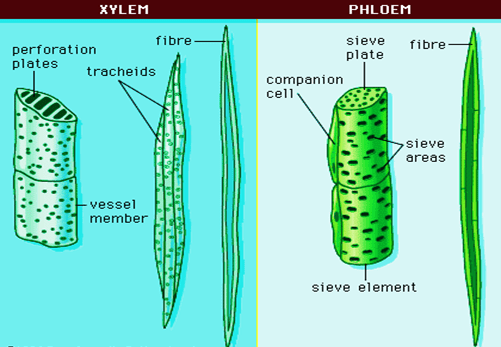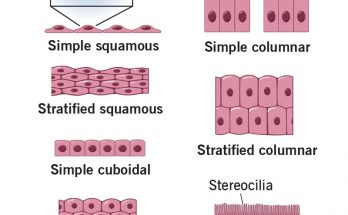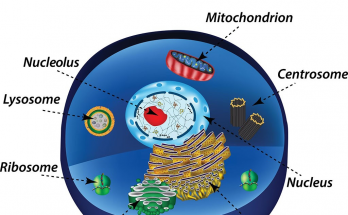Simple tissues consist of only one type of cell that works together to perform a specific function within a plant. These tissues are characterised by their uniformity in cell structure and function, making them integral to basic plant physiology.Complex tissues are made up of more than one type of cell, allowing them to carry out a variety of functions. These tissues are crucial for the plant’s more specialised functions, particularly in relation to transport.
5 Key Difference between Simple Tissue and Complex Tissue in Tabular format
| Aspect | Simple Tissues | Complex Tissues |
|---|---|---|
| Nature of Tissue | Homogeneous; composed of functionally and structurally similar cells. | Heterogeneous; consists of different types of cells that work together. |
| Examples | Parenchyma, Collenchyma, Sclerenchyma | Xylem, Phloem |
| Function | Involved in tissue repair, food storage, secretion, and providing structural support. | Specialised for the conduction of water, minerals, and nutrients throughout the plant. |
| Distribution | Located in every part of the plant. | Primarily located in the vascular regions of the plant. |
| Cell Composition | Composed of a single type of cell; all cells perform similar functions. | Composed of various types of cells, each performing different functions as a unit. |
 |  |
Difference between Simple Tissue and Complex Tissue – Explained in details
1. Difference between Simple Tissue and Complex Tissue in terms of Nature of Tissue
- Simple Tissues- These are homogeneous, meaning they are made up of only one type of cell. The cells in simple tissues are structurally and functionally similar, which allows them to perform the same general function within the plant. This homogeneity is beneficial for tasks that require uniformity, such as storing substances or providing basic structural support.
- Complex Tissues- In contrast, complex tissues are heterogeneous, consisting of different types of cells that collaborate to perform specialised functions. The diversity of cell types in complex tissues allows them to handle complex tasks like transporting water, minerals, and nutrients efficiently across different parts of the plant.
2. Difference between Simple Tissue and Complex Tissue in terms of Examples
- Simple Tissues-
- Parenchyma- Mainly involved in storage, secretion, and photosynthesis.
- Collenchyma– Provides tensile strength and flexibility, helping support plant structures such as stems and leaves.
- Sclerenchyma– Enhances the mechanical strength of the plant through thick, lignified walls, important for structural support and protection.
- Complex Tissues-
- Xylem- Specialised in transporting water and dissolved minerals from roots to the rest of the plant.
- Phloem- Carries soluble organic compounds made during photosynthesis (like sugars) from the leaves to other parts of the plant that cannot photosynthesize.
3. Difference between Simple Tissue and Complex Tissue in terms of Function
- Simple Tissues- These tissues are generally involved in basic plant functions such as repair, food storage, secretion, and providing structural support. Each type of simple tissue contributes differently — parenchyma cells are more involved in repair and storage, collenchyma in flexible support, and sclerenchyma in rigid support.
- Complex Tissues- They are primarily involved in the transport of fluids and nutrients. Xylem and phloem, the two main types of complex tissues, create a vital system for transporting water, minerals, and food throughout the plant, which is essential for the plant’s overall nutrition and growth.
4. Difference between Simple Tissue and Complex Tissue in terms of Distribution
- Simple Tissues- These tissues can be found throughout the entire plant body, including roots, stems, leaves, and fruits. Their widespread distribution reflects their role in fundamental physiological processes in all parts of the plant.
- Complex Tissues- Mostly located in the vascular regions of the plant, such as the vascular bundles in stems and the veins in leaves. Their location reflects their primary function in the transport of substances.
5. Difference between Simple Tissue and Complex Tissue in terms of Cell Composition
- Simple Tissues- Composed of a single type of cell, all cells in a simple tissue perform similar functions. This uniformity simplifies the construction and maintenance of these tissues within the plant.
- Complex Tissues- Consist of various types of cells, each contributing differently to the tissue’s overall function. For example, in xylem, tracheids and vessel elements conduct water, while xylem parenchyma may store compounds and xylem fibres provide structural support.
Important Questions on Simple Tissue and Complex Tissue
Why are complex tissues more involved in the plant’s growth compared to simple tissues?
- Answer- Complex tissues like xylem and phloem are involved in transporting water, minerals, and nutrients, which are essential for plant growth. Simple tissues mainly provide basic functions like storage and support, which are less directly involved in growth.
Can simple tissues perform the function of transporting nutrients across the plant? Why or why not?
- Answer- No, simple tissues cannot transport nutrients across the plant because they consist of a single type of cell that performs basic functions such as storage, secretion, and structural support. They lack the specialised cell types found in complex tissues like phloem, which are necessary for efficient nutrient transport.
How does the uniformity of cells in simple tissues affect their function within the plant?
- Answer- The uniformity of cells in simple tissues allows these tissues to perform cohesive functions like storage, secretion, and providing structural support uniformly throughout the plant. This uniformity ensures that all parts of the plant can maintain basic metabolic functions and structural integrity.
What enables complex tissues to conduct water from roots to leaves against gravity?
- Answer- Complex tissues such as xylem contain specialised cells like tracheids and vessel elements, which are structurally adapted to transport water vertically against gravity. These cells are rigid and hollow, forming a continuous network of water-conducting channels from the roots to the leaves.
Which type of plant tissue would you expect to find in the regions of a plant that are undergoing rapid growth and why?
- Answer- In regions of rapid growth, you would expect to find both complex tissues and simple tissues like collenchyma. Complex tissues (xylem and phloem) provide the necessary nutrients and water for growth, while collenchyma provides flexible structural support to growing parts of the plant.
Explain why sclerenchyma cells would not be suitable for functions performed by phloem.
- Answer- Sclerenchyma cells have thick, lignified cell walls that provide rigidity and strength, making them ideal for structural support but unsuitable for transport functions. Phloem cells need to be more flexible and permeable to efficiently transport soluble organic substances throughout the plant, which sclerenchyma cells cannot do due to their rigid nature.
In what ways do the functions of parenchyma differ from those of xylem?
- Answer- Parenchyma cells mainly serve in storage, secretion, and photosynthesis, contributing to the plant’s basic metabolic functions. In contrast, xylem specialises in the conduction of water and minerals from the roots to other parts of the plant, playing a crucial role in the plant’s water management and nutrient distribution systems.
Also Check – What is the utility of tissues in multicellular organisms?
Also Check – 12 Important Difference between Meristematic and Permanent Tissues


One Comment on “5 Key Difference between Simple Tissue and Complex Tissue”